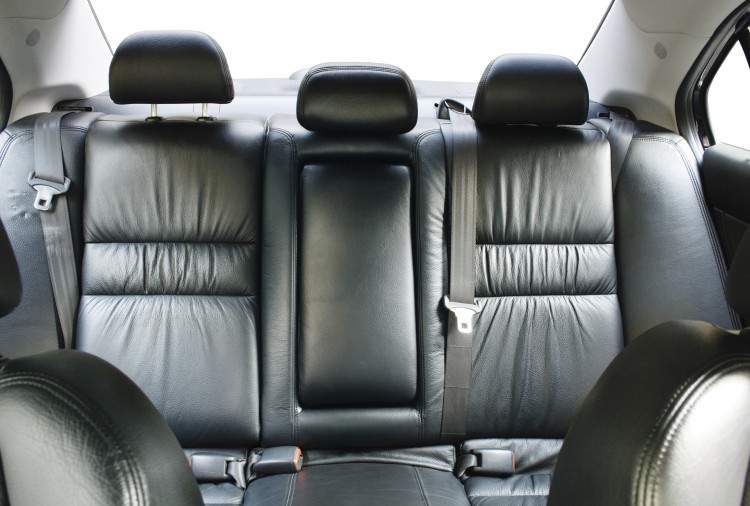The rear centre seats in all new vehicles in Canada will need to have a shoulder belt starting in 2015, Transport Canada has announced.
The seats were previously required to only have a lap belt in Canada. The new regulations will mandate manufacturers to include both a lap belt and a shoulder belt, which is already a requirement in the U.S.
“Making shoulder belts mandatory in the rear centre seat will reduce the number of deaths and serious injuries on our roads,” Transport Minister Denis Lebel said in a statement.
According to Kelly James, a spokesperson with Transport Canada, shoulder belts help reduce the risk of abnormal injuries when a vehicle is crashed from the front by spreading the crash forces.
“The centre rear is frequently occupied by children and they would be offered improved protection with the introduction of mandatory shoulder belts,” James said in an email.
The new seat belt regulation is being introduced along with a few other safety requirements as an amendment to the Motor Vehicle Safety Regulations.
Mark Nantais, president of the Canadian Vehicles Manufacturers’ Association, says the changes are important not only because they enhance safety for the vehicle occupants, but also because they align Canada’s safety standards with those in the U.S.
“This is a good thing, because we operate in an integrated North American market—our industry is integrated,” he says, adding that not all Canadian manufacturers are necessarily building to the U.S. standards.
With suppliers building to the same standards, the economies of scale help in reducing costs and faster delivery of technology, which ultimately benefit consumers, Nantais explains.
“This ensures that most advanced safety technology comes to market more easily and more affordably for consumers.”
The changes in regulations are being done as part of the commitments of the Canada-US Regulatory Cooperation Council, formed in 2011 to better align the regulatory approaches of the two countries.
“Harmonizing standards is good for the economy and will facilitate cross-border trade and long-term growth,” says James.
“Manufacturers will not need to conduct any unique-to-Canada testing and this reduces their costs, thereby indirectly benefiting Canadian consumers.”
Some requirements, however, will remain unique to Canada, including metric measurements and bilingual provisions.
Other new safety requirements being introduced include using female and child-sized dummies in addition to male dummies in vehicle safety testing, improved air bag deployment testing, and increasing the vehicle test speed to better protect occupants in frontal crashes.
Manufacturers have to comply with the new requirements by Sept. 1, 2015. Older vehicles do not need to be retrofitted, according to the ministry.
The Epoch Times publishes in 35 countries and in 21 languages. Subscribe to our e-newsletter.







